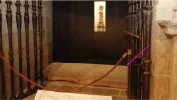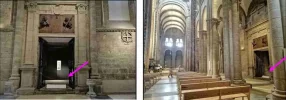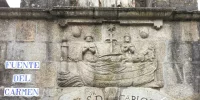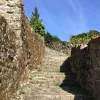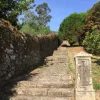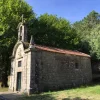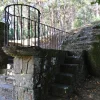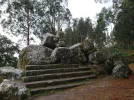- Time of past OR future Camino
- Some in the past; more in the future!
Hi all,
This is the thread to discuss the first module - La Historia del Camino - of the online course titled El Camino de Santiago, Patrimonio de la Humanidad para un mundo global being offered by the University of Santiago de Compostela and MiríadaX.
The course is now live. Feel free to discuss the course content, any dudas (doubts) you have may have with language or anything else relevant to the first module in this thread.
If you have not yet signed up at MiríadaX and registered for the course, see this general thread - Free online course about the camino (in Spanish) - that includes details and tips about how to join.
Happy studying!
This is the thread to discuss the first module - La Historia del Camino - of the online course titled El Camino de Santiago, Patrimonio de la Humanidad para un mundo global being offered by the University of Santiago de Compostela and MiríadaX.
The course is now live. Feel free to discuss the course content, any dudas (doubts) you have may have with language or anything else relevant to the first module in this thread.
If you have not yet signed up at MiríadaX and registered for the course, see this general thread - Free online course about the camino (in Spanish) - that includes details and tips about how to join.
Happy studying!
Last edited:













